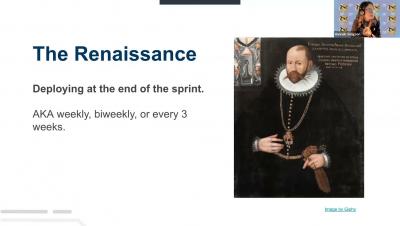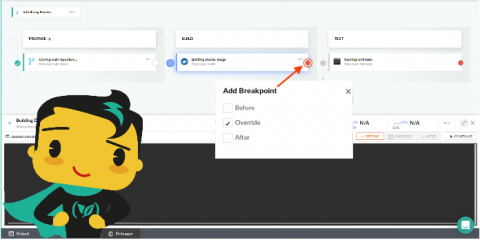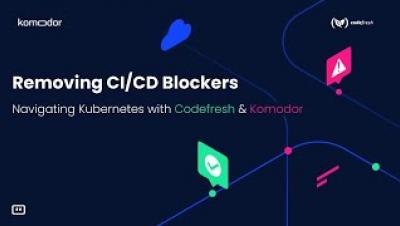Using Codefresh with GKE Autopilot for native Kubernetes pipelines and GitOps deployment
Several companies nowadays offer a cloud-native solution that manages Kubernetes applications and services. While these solutions seem easy at first glance, in reality, they still require manual maintenance. As an example, an important decision for any Kubernetes cluster is the number of nodes and the autoscaling rules you define.











